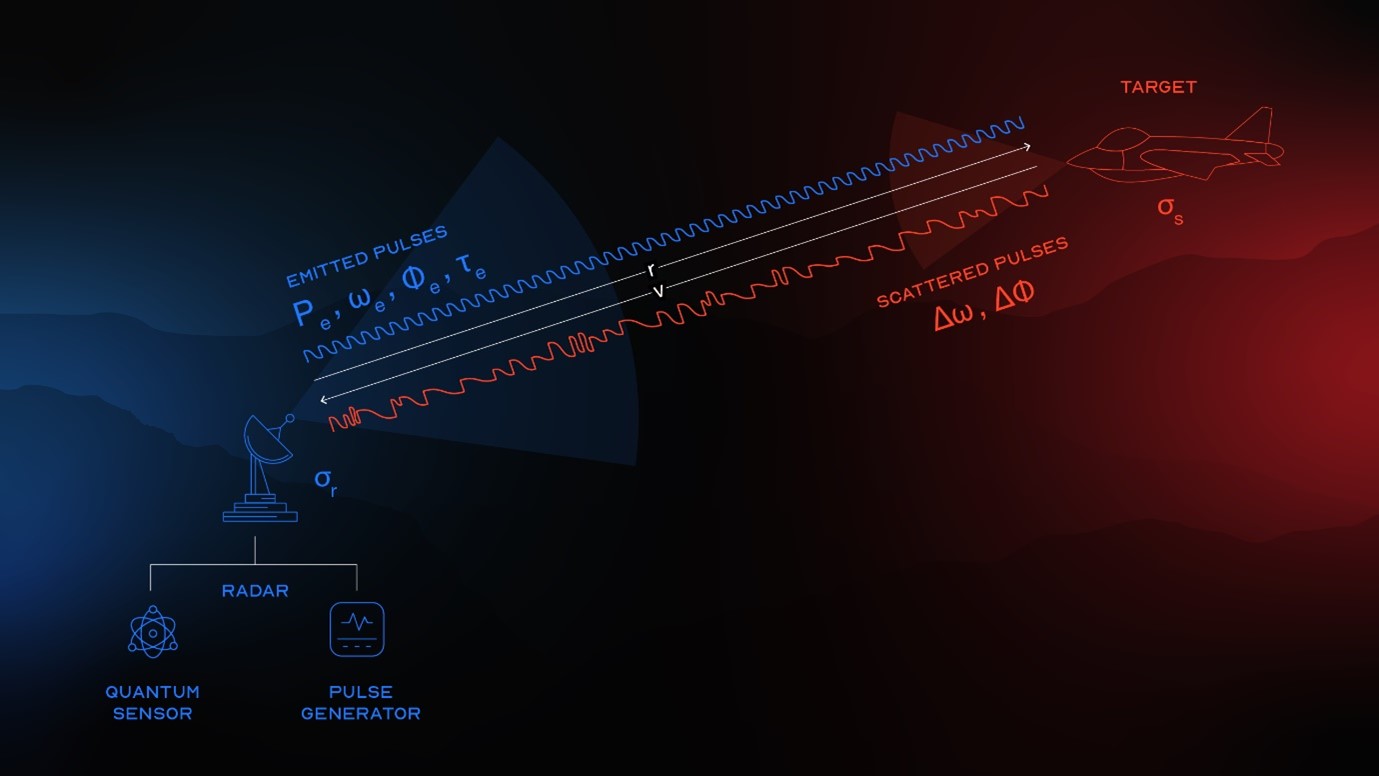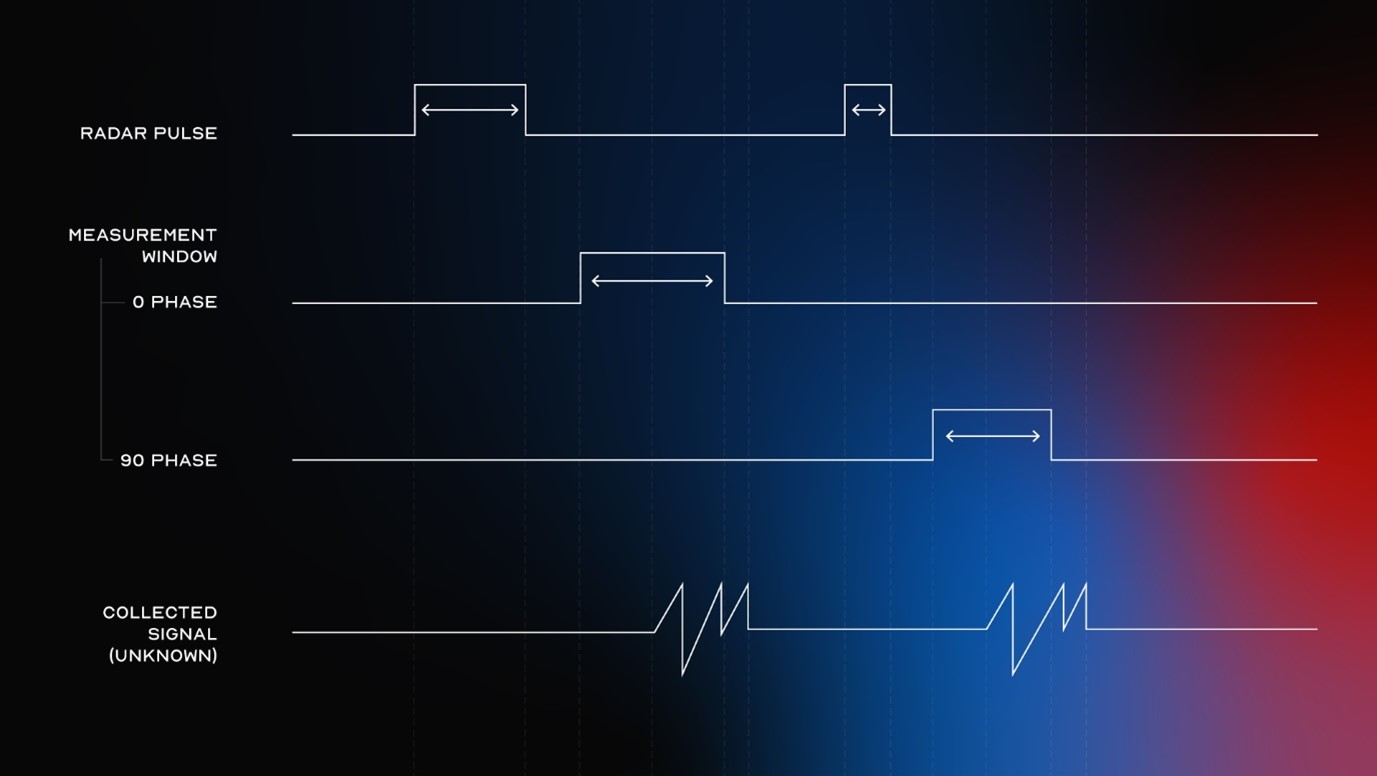Army is challenging the next generation of quantum thinkers to find the optimal technique for employing quantum sensors in radar.
Quantum Next Generation (QNG) is a series of technology challenges targeted at Australia’s talented undergraduate and postgraduate students, early career researchers (within six years of higher degree award), and Army’s organic talent.
The QNG challenges are led by Army’s Robotics and Autonomous Systems Implementation Office (RICO) and provide participants with experience in building and pitching innovative quantum solutions to tackle some of Army’s biggest problems.
Lieutenant Colonel Marcus Doherty is RICO’s quantum expert and created the QNG challenge series in 2021 with teams having to invent a means to conceal soldiers from the looming threat of detection by ultra-precise quantum sensors.
“Quantum technologies have substantial disruptive potential across Army and offer significant advantage to early adopters. It is critical that we engage the next generation of quantum thinkers to help us explore emerging opportunities and gain an early quantum advantage. The QNG Challenges are a lot of fun and a great way to build networks and develop skills. And there is a great prize for the winning team."
The solutions pitched by teams help Army conduct an initial assessment of the advantages offered by quantum technology and frame future opportunities to develop technology.
Army’s Quantum Next Generation 2022 Radar Challenge is now open
The Army Quantum Next Generation 2022 Radar Challenge will ask teams to find the optimal technique for employing quantum sensors to enhance existing radar.
QNG Challenge teams will explore the optimal sequence of radar pulses and quantum sensor configurations that estimates the rabi frequency, frequency shift and time-of-flight of a reflected pulse with highest precision within a given amount of time and radar power. This information can be used to determine the range, velocity and cross section of a target.
Teams will need an intermediate knowledge of programming and data analysis. Possible solutions might involve the application of machine learning techniques. Teams could be made of any of the following mix of skills and disciplines: mathematics, physics, engineering, and computer and data science.
The top six teams with the best performing techniques will be offered the opportunity to pitch their solution and how it can be enhanced through further development and funding at the Australian Institute of Physics (AIP) Congress, in Adelaide between 11-16 December 2022.
The top-ranked team at the Pitchfest will be rewarded with a special invitation and admission to the Quantum Technology Challenge 2023 (QTC23) – subject to security and admission policies. The top ranked team will also be invited to submit a proposal for up to $50k to further develop and exhibit their solution at QTC23. Note that ARX23 and QTC23 are closed events with select guests from across Defence industry and government. Consequently, it is a significant privilege and opportunity to be invited.
If you think you’ve got what it takes nominate your team of 2-4 people by 2 November 2022.
Why is Army exploring the enhancement of radar using quantum sensors?
The Army Quantum Technology Roadmap explores the potential use of quantum technologies for the land domain. While it is agreed that Quantum technologies have substantial disruptive potential across Army, their true capabilities, limitations, countermeasures and most disruptive applications are still being discovered.
An example are the quantum sensors demonstrated at QTC22, which promise ultra-precise detection of microwaves, like the microwaves emissions used in radar. Thus, Army wants to know if these sensors can be used to enhance existing radar systems so that they can detect smaller and more weakly scattering targets, which are moving faster and are further away, whilst emitting less power.
The challenge is that quantum sensors operate differently than existing sensors, and it is unclear how best to employ them. Finding the optimal employment technique is critical to accurately assessing the advantages that quantum sensors offer over established technologies.
Improving radar sensitivity and precision, whilst reducing radar power
Army employs radar in a variety of ways and for a variety of reasons. For example, the employment of mobile radar systems to detect and target land and air threats, such as enemy artillery fire, planes and tanks. As military technologies evolve, these threats are diversifying, growing in number, becoming smaller and faster, and reducing their radar signature.
At the same time, technologies for detecting and targeting radar systems (via their microwave emissions) are improving making it easier to find and destroy friendly radar. Hence, there is a constant drive to improve radar sensitivity and precision, whilst reducing radar power.
The basic operating requirements for an Army radar are to detect objects with scattering cross-sections in the range 0.1-100 m2, moving at speeds up to 350 m/s at ranges of 1-100 km, within a detection time of no longer than 0.5 s, whilst emitting power less than 10 kW.
Quantum microwave sensors are a promising technology for enhancing radar. Examples include atomic vapour cells and diamond nitrogen-vacancy centres. They can be understood as ensembles of qubits that interact with the unknown microwaves collected by the radar. Using quantum control, the states of the qubits can be initialised and read out (i.e., configured) in specific ways to maximise sensitivity to different properties of the incident microwaves (i.e., frequency, phase and amplitude).
It is relatively clear how quantum sensors can be integrated into radar hardware, but it is not clear how the sensors are best controlled and what advantages they offer. In the following, the basic principles and models of radar and quantum sensors are introduced so that you can better understand the problem that Army is trying to solve and for you to get started in developing your solution.
Optimising the design of a microwave sensor for radar can be focused on minimising the smallest detectable target velocity and collected power, and the uncertainty in target distance.
A simple model of radar
A radar emits pulses of microwaves of known frequency ωe, phase ϕe, duration τe and power Pe. The pulse is scattered by the target, which partially reflects the pulse back towards the radar.
The reflected pulse has modified power, frequency and phase. The reflected power depends on the scattering cross-section of the target σs and the change in frequency Δω depends on the velocity of the target and the speed of light (via the Doppler effect).
The reflected pulse is collected by the radar and guided to the microwave sensor. The collected power depends on the cross-section of the radar’s collector σr. The collected power, the time-of-flight (time elapsed between pulse emission and arrival) and the change in phase Δϕ all depend on the distance of the target from the radar.
The sensor’s task is to measure the pulse time-of-flight, the collected power, the change in pulse frequency and phase, and to use these measurements to infer the target’s velocity, cross-section and distance from the radar.

Figure 1. Quantum-enhanced radar concept and geometry.
Higher performing radar systems can detect smaller target velocities and cross-sections with smaller uncertainty in target distance at larger ranges and with less power.
The smallest detectable target cross-section, the maximum radar detection distance and minimum emission power are all related to the smallest detectable collected power. This means that optimising the design of a microwave sensor for radar can be focused on minimising the smallest detectable velocity and collected power and the uncertainty in target distance.
An idealised model of a quantum sensor
An idealised quantum sensor can be modelled by an ensemble of identical qubits, with ideal initialisation and readout (i.e., instantaneous initialisation and readout with perfect fidelity), but finite coherence time.
The qubits can be controlled to be maximally sensitive to different phases of the incident microwaves (i.e., either in-phase or out-of-phase with the radar emission). This is called the ‘measurement phase’.
The qubits can be exposed to the incident microwaves at times and for durations of choice. These times and durations define a sequence of ‘measurement windows’. Note that initialisation and read out occurs at the beginning and end of each measurement window.
The output signal of the sensor from a measurement window depends on the power (as encoded in a quantity called ‘Rabi frequency’), frequency and phase of the microwaves and the duration of its exposure to the microwaves during the window. Thus, by performing several measurements with different configurations of the sensor (via the application of a detection technique), its outputs can be used to estimate the power, frequency, phase and time of the microwaves within a definable statistical uncertainty.
Specifying a detection technique
For a given radar, sensor and target, a sequence of radar pulses and measurement windows must be designed (as characterised by the sets of pulse and measurement window start times, durations and phases) that minimises the errors in the statistical estimates (see example below).

Figure 2. Illustrative sequence of radar pulses, measurement windows and the unknown collected signals.
The challenge is that you don’t know a priori the target variables which means your sequence must be either adaptive or be a fixed design that addresses the full range of possibilities resulting from the possible range of targets.
Furthermore, the sequence must satisfy the following constraints to be technically feasible:
- the pulses cannot overlap.
- the measurement windows cannot overlap but may overlap with the pulses.
- no pulse or measurement window can start before the beginning of the detection period
- no pulse or measurement window can end after the allowed detection period
- the pulses and measurement windows cannot be shorter than the minimum duration.
Army has developed a software simulator using the above models of radar and integrated quantum sensors. Hence, your mission is to develop a detection technique (that meets the constraints above), implement it in software and demonstrate its application to a set of targets using Army’s simulator.
Think you've got what it takes?
Get a team together and gain hands-on experience in building and pitching innovative quantum solutions!
Team nomination
- Teams must consist of 2-4 players.
- Players must be current Defence personnel or APS members, undergraduate student, postgraduate student or early career researcher enrolled at an Australian institution (will be required to nominate with your institution's email address.
- The first 50 teams will be selected to participate.
- You'll find best success with a team with a broad set of skills.
Visit the website and nominate your team by 2 November 2022.
If you have any questions and would like to speak to the team about your nomination, please contact RICO via army.rico@defence.gov.au.









